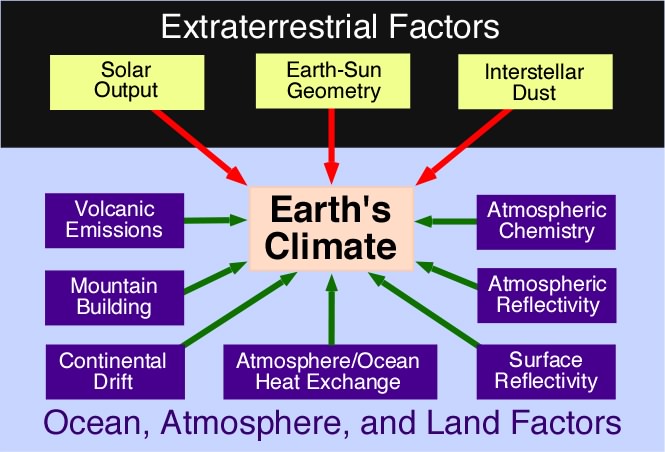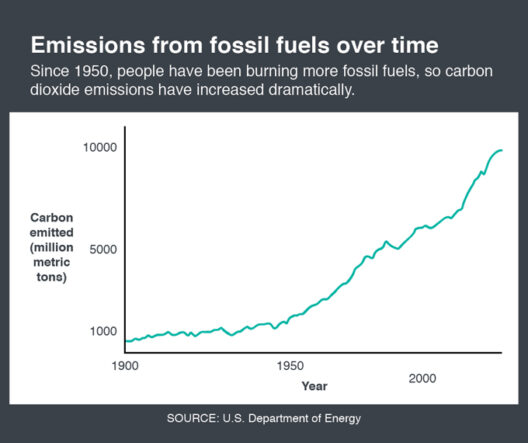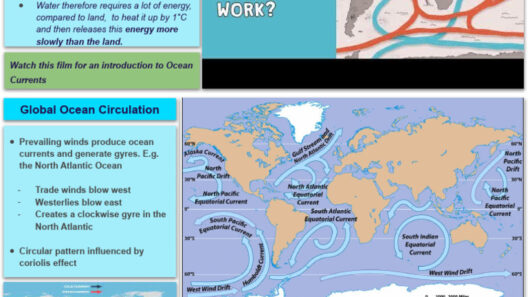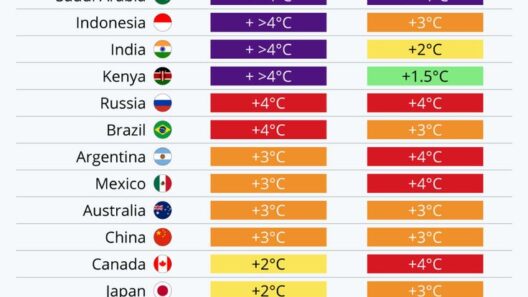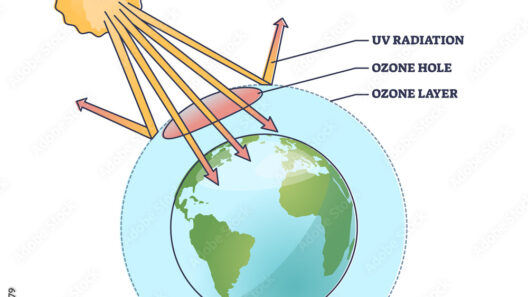Climate change has become an increasingly prominent topic of discussion in recent years, often attributed to human activity. However, it is critical to recognize that Earth’s climate has always been subject to natural influences. Understanding the intrinsic factors that lead to climate variations is essential in unraveling the complexities of our ever-evolving planet. This comprehensive exploration delves into the primary natural causes of climate change, illuminating Earth’s innate climate drivers that have molded its environment over millennia.
One of the fundamental elements influencing climate change is the variable intensity of solar radiation, or insolation, received by the Earth. The sun’s energy is not uniformly distributed across the planet’s surface, leading to significant temperature fluctuations. This uneven distribution arises from factors such as the Earth’s axial tilt and orbit shape, which both engage in cyclical variations over long periods. The Milankovitch cycles, named after the Serbian mathematician and engineer Milutin Milanković, encapsulate these changes in Earth’s orbit and axial orientation, producing fluctuations in climate that can last tens of thousands of years. As a result, changes in solar radiation intensity can generate profound climate shifts, including the cyclical glacial and interglacial periods experienced during the Quaternary epoch.
Another potent natural driver of climate change is volcanic activity. Volcanic eruptions release vast amounts of gases and particulates into the atmosphere, including carbon dioxide (CO₂), sulfur dioxide (SO₂), and ash. These emissions can induce short-term climate variations. For instance, the large quantities of SO₂ can lead to the formation of sulfate aerosols, which reflect solar radiation back into space, thereby causing a temporary cooling effect on the Earth’s surface. Conversely, the carbon dioxide emitted during eruptions can contribute to long-term warming trends, depending on the scale of the eruption and the overall balance of greenhouse gases in the atmosphere. Historical eruptions, such as that of Mount Pinatubo in 1991, have demonstrated the potential of volcanic events to drastically alter global temperatures.
Ocean currents also play a significant role in regulating the Earth’s climate by redistributing heat around the planet. The intricate network of oceanic currents, including major systems such as the Gulf Stream and the Antarctic Circumpolar Current, influences climatic conditions on both regional and global scales. These currents help transport warm water from equatorial regions to polar areas, thereby moderating temperatures and impacting weather patterns. Changes in ocean currents, whether due to natural phenomena such as El Niño or decadal shifts, can lead to dramatic alterations in climate. For instance, the El Niño Southern Oscillation (ENSO) can create considerable anomalies affecting precipitation and temperature patterns worldwide.
Another intrinsic factor that contributes to climate change is the Earth’s geology and plate tectonics. The movement of tectonic plates shapes the distribution of landmasses and ocean basins over geologic time. This continual movement influences the positioning of continents, which can affect ocean circulation and atmospheric patterns. Moreover, the release of carbon stored in geological formations, such as limestone and fossil fuels, can also play a role in long-term climate cycles. The gradual formation of mountain ranges through tectonic uplift can also modify wind patterns, further influencing climate dynamics.
Natural fluctuations in atmospheric composition play an equally crucial role in climate shifts. The concentration of greenhouse gases such as CO₂, methane (CH₄), and nitrous oxide (N₂O) has varied significantly throughout Earth’s history due to natural processes. For example, changes in the biosphere and carbon cycle arising from natural occurrences like the evolution of terrestrial plants or the oscillation of Earth’s temperature can amplify or mitigate greenhouse gas concentrations. Feedback mechanisms, such as the release of methane from thawing permafrost, further complicate this relationship, potentially accelerating natural warming trends.
Climate variability can also manifest through natural phenomena such as solar activity. The sun undergoes cycles of varying intensity, known as solar cycles, which last approximately eleven years. During periods of increased solar activity, the sun emits more radiation, potentially contributing to warmth in Earth’s atmosphere. Conversely, lower solar activity is associated with cooler conditions. The relationship between solar irradiance and climate change remains an area of active research, with ongoing debates regarding its influence compared to anthropogenic factors.
Additionally, the occurrence of natural disasters, such as meteorite impacts, has historically induced abrupt climate changes. Collisions with celestial bodies can lead to significant environmental repercussions, including the release of massive amounts of dust and debris into the atmosphere, which can block sunlight and trigger rapid cooling. Such events are believed to have contributed to previous mass extinctions and subsequent shifts in ecological dynamics.
In conclusion, while human activity undoubtedly influences present-day climate change, it is imperative to comprehend the myriad natural factors that have historically driven climate variability. Solar radiation, volcanic activity, ocean currents, tectonic movements, atmospheric composition, solar cycles, and even extraterrestrial impacts are intrinsic elements that contribute to the dynamic climate system. Understanding these natural phenomena is essential, not only for grasping the complexity of the Earth’s climate but also for developing appropriate responses to contemporary climate challenges. Recognizing our planet’s historical climate drivers deepens our appreciation of the intricate, ever-evolving tapestry of climate change, forging a connection between the past, present, and future of our environment.



